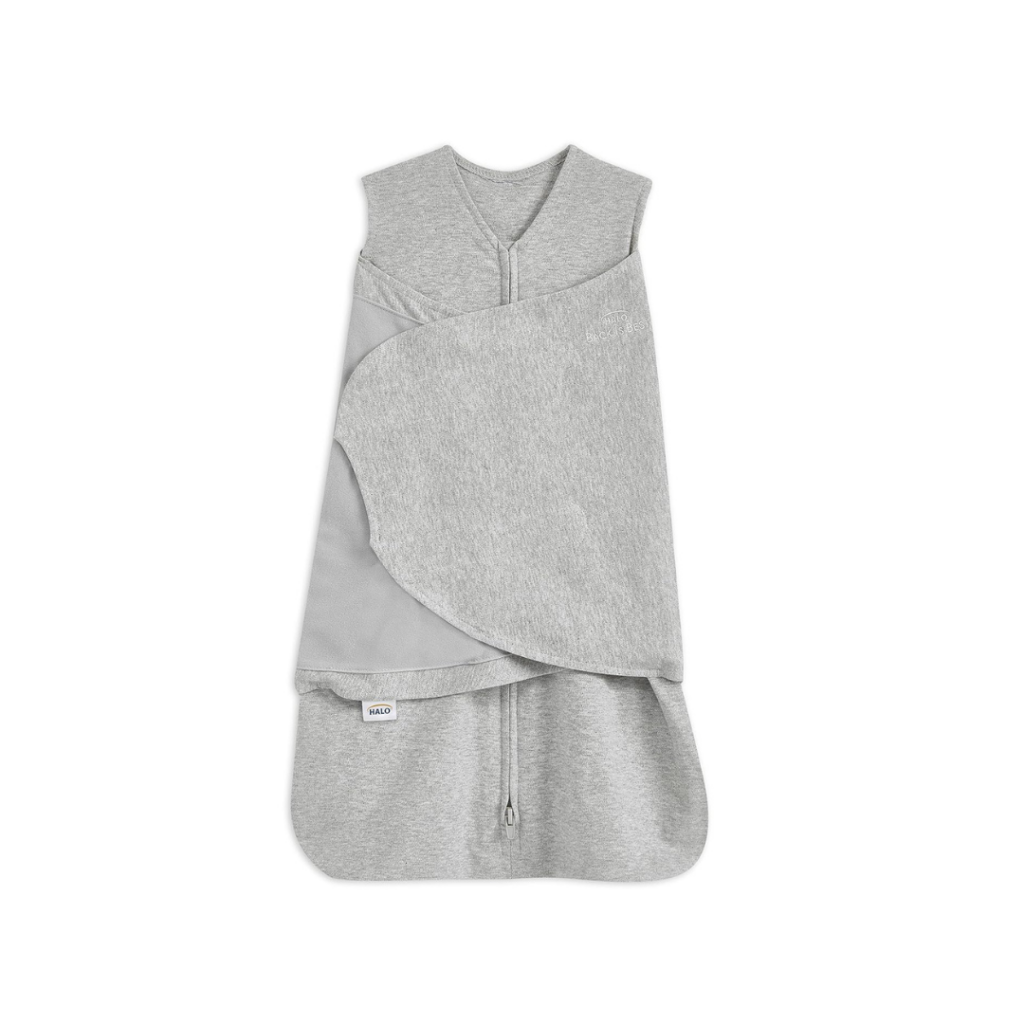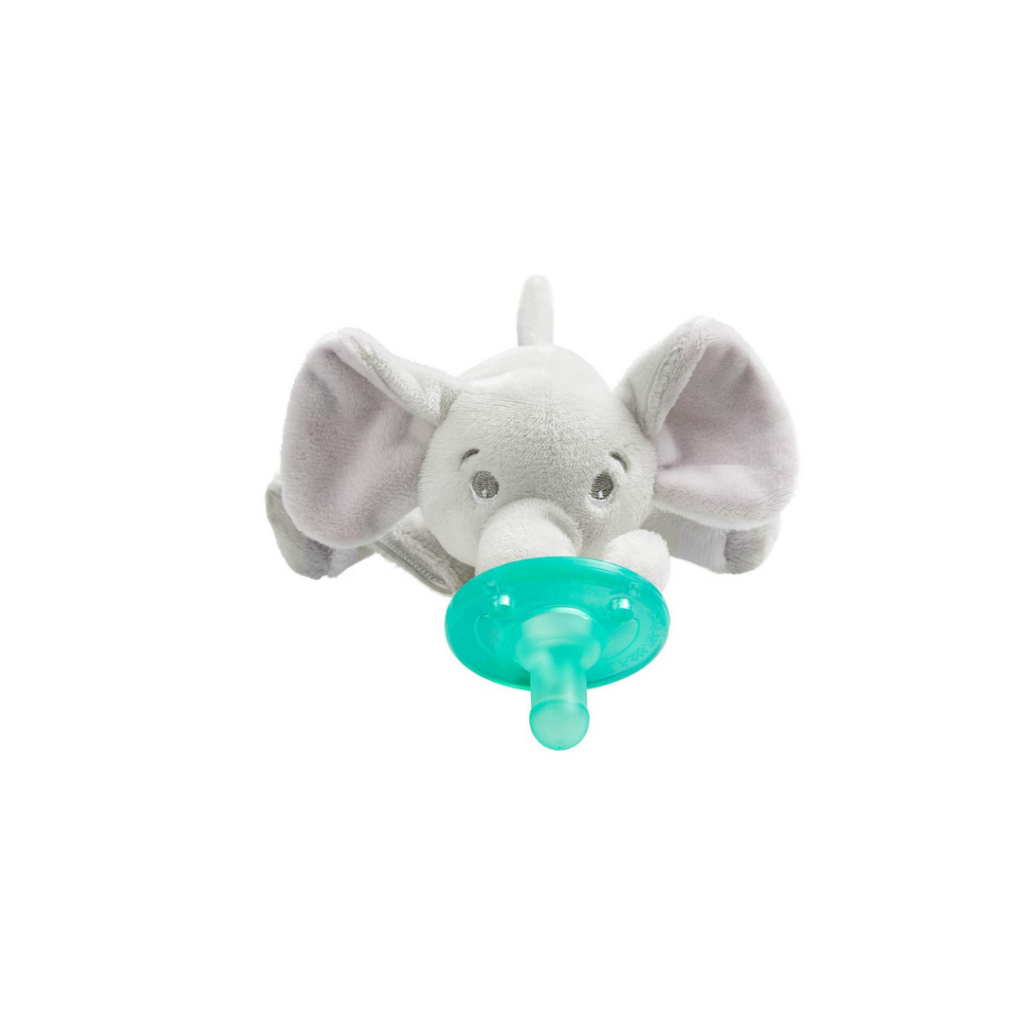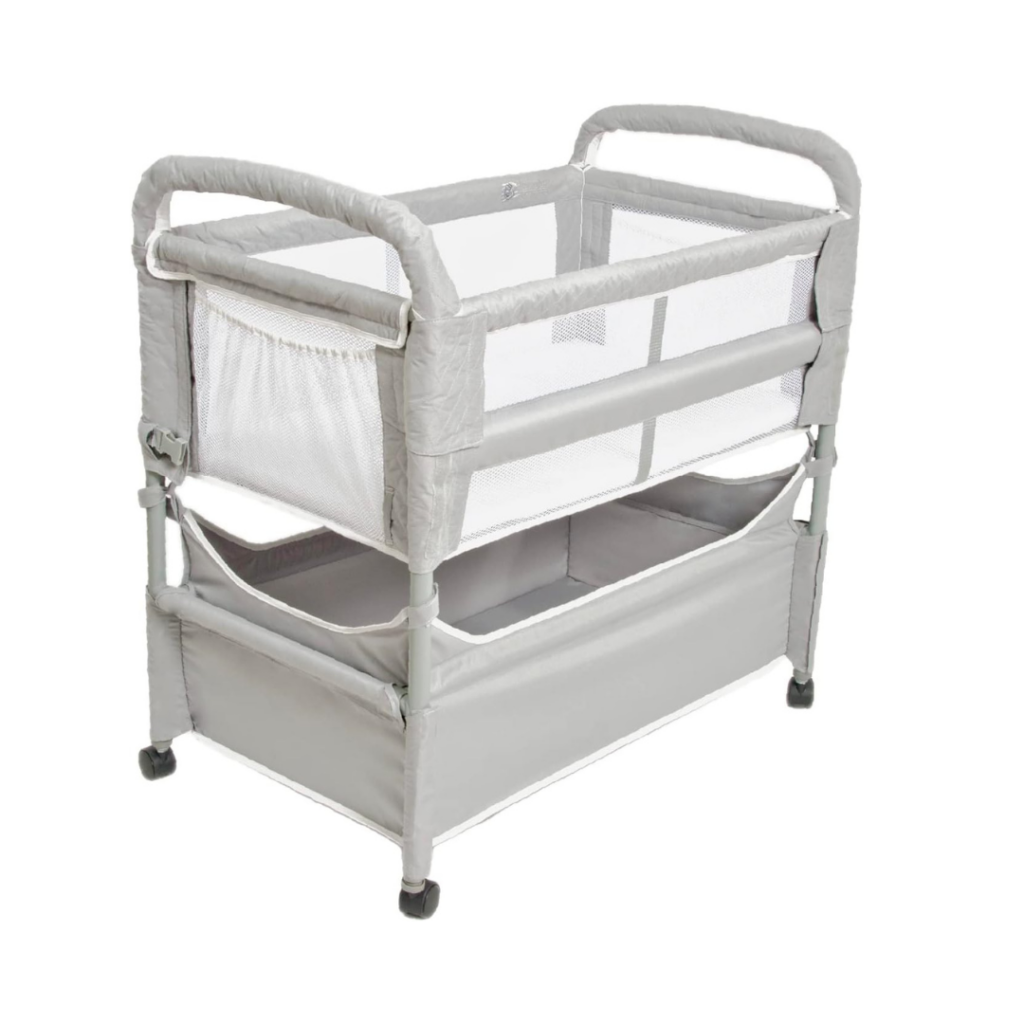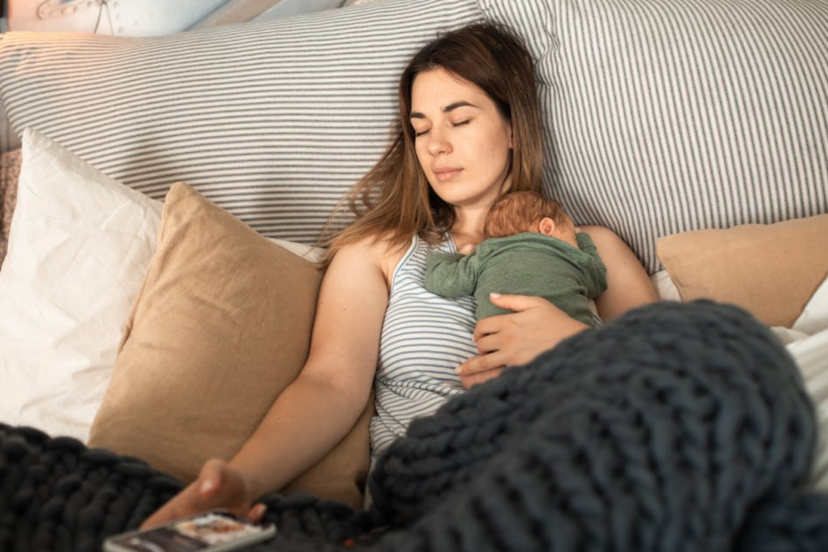Safe Infant Sleeping: Guidelines to Prevent Sudden Infant Death Syndrome (SIDS)
Sudden Infant Death Syndrome (SIDS) is a tragic and unexplained occurrence where an otherwise healthy infant, usually under one year of age, passes away during sleep. It remains a leading cause of infant mortality, and safeguarding against it requires a combination of knowledge and precautionary measures.
According to the Centers for Disease Control and Prevention (CDC), SIDS accounts for approximately 1,600 infant deaths annually in the United States alone. To address this issue, it is imperative that parents and caregivers adopt safe infant sleeping practices.
When it comes to the well-being of infants, safe sleep practices are paramount. Creating a secure sleep environment and following recommended guidelines can significantly reduce the risk of Sudden Infant Death Syndrome (SIDS). In this article, we’ll explore essential advice on establishing a safe sleep space, understanding SIDS, and practicing safe co-sleeping methods.
Creating a Safe Sleep Environment
- Use a Firm Mattress and Fitted Sheet: It’s crucial to provide a firm mattress and ensure a well-fitted sheet to prevent any potential hazards that loose bedding might pose.
- Maintain Optimal Room Temperature: Overheating can contribute to SIDS. Dressing the infant in appropriate sleep attire and regulating the room temperature to a comfortable level can mitigate this risk.
- Position the Baby on Their Back: The American Academy of Pediatrics (AAP) strongly advocates placing infants on their backs to sleep. This practice has demonstrated a substantial reduction in the incidence of SIDS.
- Remove Hazards from the Crib: Keep the crib clear of toys, pillows, and bumper pads. These items can obstruct breathing and pose suffocation risks.
- Consider Pacifier Use: Introducing a pacifier at nap and bedtime, following breastfeeding establishment, has been associated with a lower risk of SIDS.
Safe Co-Sleeping Practices
While the AAP recommends room-sharing without bed-sharing, some families opt for co-sleeping arrangements. If you choose to co-sleep, adhere to these vital safety tips:
- Utilize a Co-Sleeper or Bassinet: Employ a co-sleeper or bassinet that securely attaches to the side of the adult bed. This offers a separate sleeping space for the baby while allowing easy access for feeding and comforting.
- Establish a Barrier: If bed-sharing, create a barrier using a specially designed co-sleeping bed or position the baby between parents with a safety railing on the open side.
- Avoid Soft Surfaces: Ensure that the mattress is firm and free from pillows, blankets, or other soft bedding. The baby should sleep on their back.
- Eliminate Smoking, Drugs, and Alcohol: Never engage in bed-sharing if you or your partner smokes, uses drugs, or consumes alcohol. These substances impair awareness and responsiveness, increasing the risk of accidents.
- Breastfeeding in Bed: If breastfeeding in bed, be sure to return the baby to their separate sleep space once the feeding is complete.
Recommended Products for Safe Infant Sleeping
To create a secure sleep environment for your infant, consider the following products available on Amazon:

Halo SleepSack Swaddle
This swaddle ensures that your baby stays warm without the need for loose blankets, reducing the risk of suffocation.
Shop Now

Philips Avent Soothie Pacifier
A trusted pacifier that can be used during naps and bedtime to reduce the risk of SIDS.
Shop Now

Arm’s Reach Concepts Co-Sleeper Bassinet
This bassinet securely attaches to the adult bed, providing a safe sleeping space for your baby.
Shop Now
See other tips and top choice for toddler safety here:
Prioritizing safe infant sleeping practices is fundamental for the health and well-being of your baby. By following the recommended guidelines and utilizing appropriate products, you can significantly reduce the risk of Sudden Infant Death Syndrome (SIDS). Always consult with your pediatrician or healthcare provider if you have specific concerns about safe sleep practices for your baby.
Remember, every baby is unique, and what works best for one may not work for another. It’s important to remain vigilant and responsive to your baby’s individual needs and preferences.




